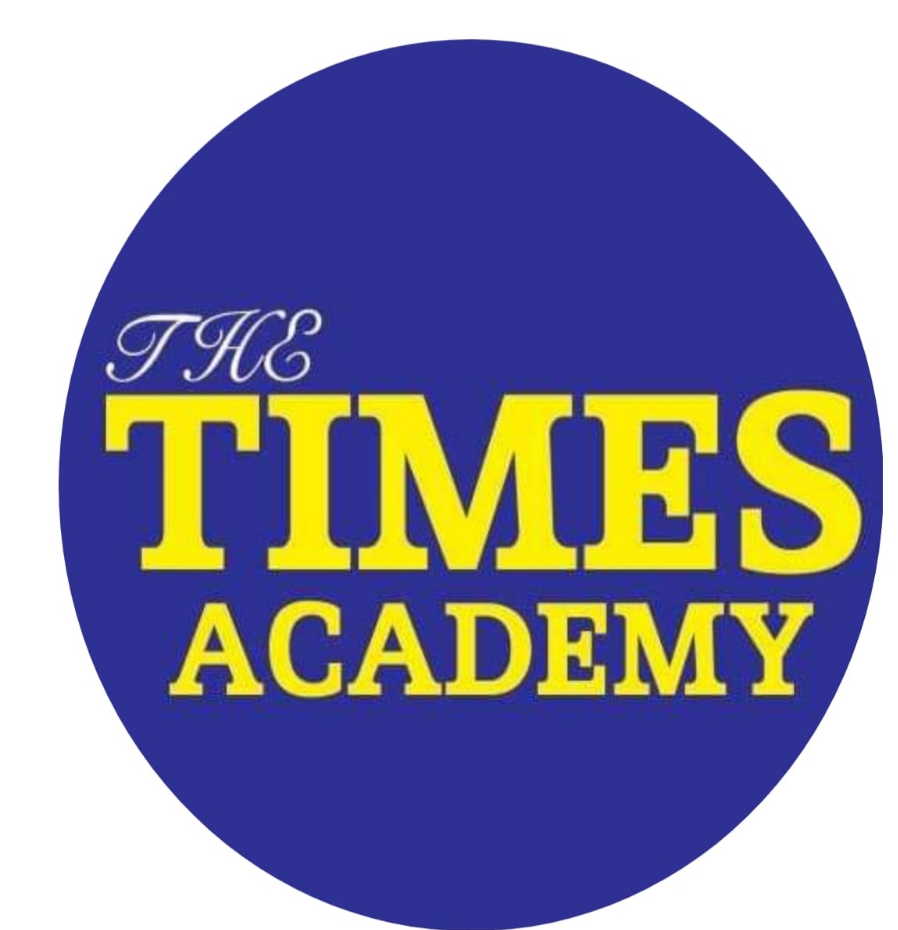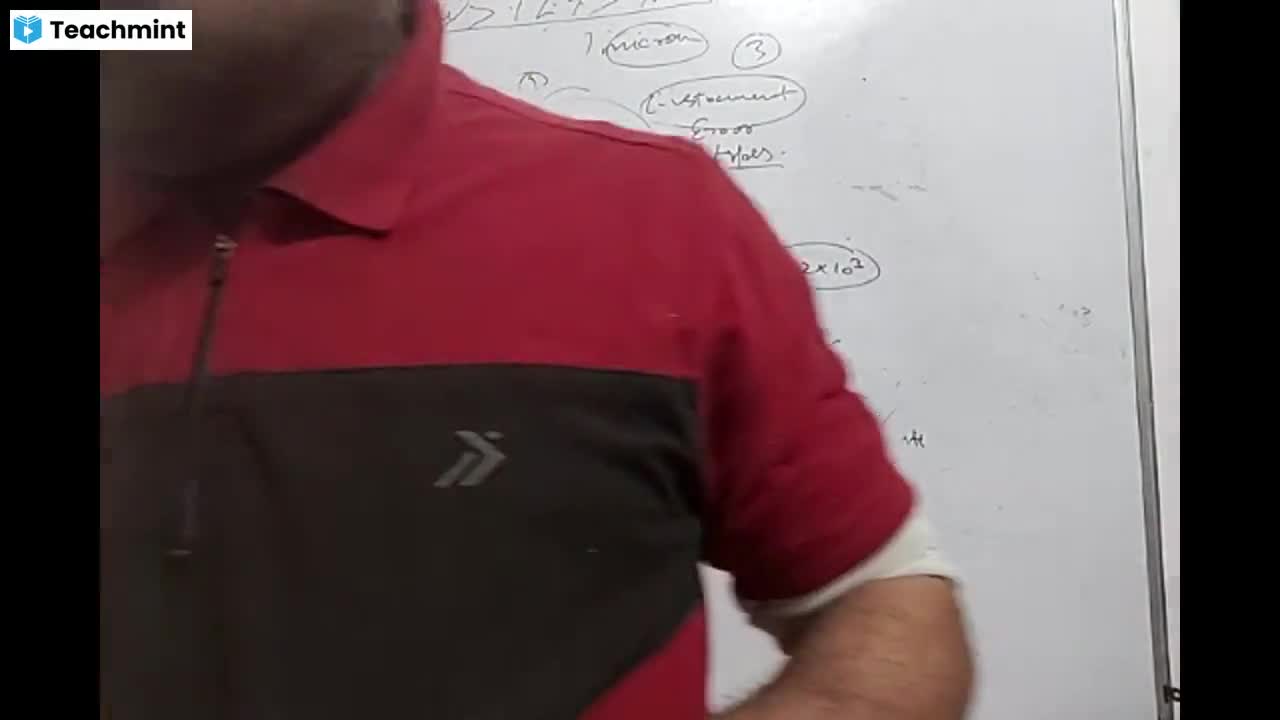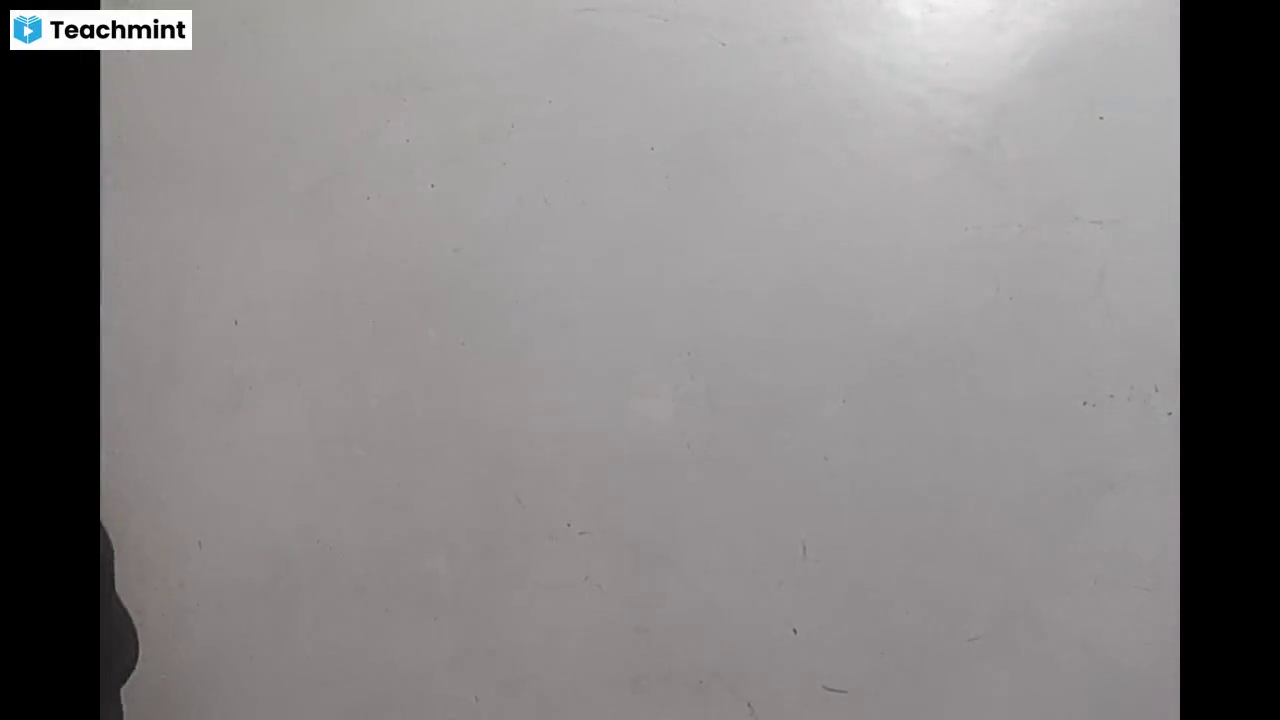Question 1 :
A satellite is orbiting around the earth. Then, the plane of the orbit:
Question 3 :
If the earth shrinks to half of its radius without changing its mass, the duration of the day will be
Question 4 :
Two identical planets orbit a star in concentric circular orbits in the star's equatorial plane.<br/>Of the two, the planet that is farther from the star must have a:
Question 5 :
The radius vector drawn from the sun to a planet sweeps out ________ areas in equal time.<br>
Question 6 :
Which of the following quantities remain constant in a planetary motion, when seen from the surface of the sun?<br>
Question 7 :
The ratio of critical speeds of two satellite if the ratio period is $ 3\sqrt {3} : 1 $ is
Question 8 :
The distance of two planets from the Sun are $10^{13}$ and $10^{12}$m, respectively. The ratio of time periods of these two planets is?
Question 9 :
Motion of planets in solar system is an example of conservation of :
Question 11 :
Planets rotate around the Sun in a path best described as <br/>
Question 13 :
When Johannes Kepler developed his laws for the movement of planetary bodies, one of the laws stated that the orbits of the planets about the sun are:
Question 16 :
Whose precise observations and records of the positions of the planets were very important to Johannes Kepler, in enabling him to formulate his laws of planetary motion?
Question 19 :
If the area swept by the line joining the sun and the earth from Feb 1 to Feb 7 is A, then the area swept by the radius vector from Feb 8 to Feb 28 is<br>
Question 20 :
If the distance between the earth and sun were to be doubled from its present value, the number of days in a year would be :
Question 22 :
<span>The earth revolves round the sun in an elliptical orbit. Its speed is</span>
Question 23 :
The period of moon's rotation the earth is nearly 29 days. If moon's mass were 2 fold as its present value, and all other things remain unchanged, the period of Moon's rotation would be nearly.
Question 24 :
If earth revolves around the sun in an orbit of double its present radius, then the year on earth will be of
Question 25 :
Assume that the earth moves around the sun in a circular orbit of radius R and there exists a planet which also moves around the sun in circular orbit with an angular speed twice as large as that of the earth. The radius of the orbit of the planet is
Question 26 :
For a given density of the planet, the orbital period of a satellite near the surface of planet of radius $R$ is proportional to:<br/>
Question 27 :
In case of a planet revolving around the sun, the net torque is
Question 28 :
Suppose a new planet is discovered between Uranus and Neptune. Its time period would be<br>
Question 29 :
In case of a planet revolving around the sun, the angle between the gravitational force and the radial vector is
Question 30 :
A planet of mass $m$ moves around the sun of mass $M$ in an elliptical orbit. The maximum and minimum distances of the planet from the sun are $r_1$ and $r_2$ respectively. The time period of the planet is proportional to:<br/>
Question 31 :
The largest and the shortest distance of the earth from sun are a and b, respectively. The distance of the earth from sun when it is at a point where perpendicular drawn from the sun on the major axis meets the orbit is
Question 32 :
The ratio of the earth's orbital angular momentum (about the Sun) to its mass is $4.4\times 10^{15} m^2s^{-1}$. The area enclosed by the earth's orbit is approximately $\underline{\hspace{0.5in}} m^2$.
Question 33 :
<p>A geostationary satellite is orbiting the earth at a height of $5\ R$ above that surface of the earth, $R$ being the radius of the earth. The time period of another satellite in hours at a height of $2\ R$ from the surface of the earth is</p>
Question 34 :
Assume that the earth moves around the sun in an elliptic orbit with sun at one of the foci. If the minimum and the maximum distance of the earth from the sun be $\alpha \,{\text{and}}\,\beta $ respectively, then the eccentricity of the elliptical orbit is<span><br></span>
Question 35 :
The moon revolves round the earth $13$ times in one year. If the ratio of sun-earth distance to earth-moon distance is $392$, then the ratio of masses of sun and earth will be<br>
Question 36 :
A satellite moves in an elliptical orbit about earth.The minimum and maximum distance of the satellite from the centre of earth are 7000 km and 8750 km respectively. For this situation mark the correct statements (s)$\left( {Take\;{M_e} = 6 \times {{10}^{24}}\;kg} \right)$
Question 37 :
<span>The Jupiter's period of revolution around the Sun is $12$ times that of the Earth. </span>Assuming the planetary orbits to be circular, find the acceleration of Jupiter in the heliocentric reference frame.
Question 38 :
Imagine a light planet revolving around a very massive star in a circular orbit of radius r with a period of revolution T. If the gravitational force of attraction between the planet and the star is proportional to $r^{5/2}$, then the square of the time period will be proportional to.
Question 39 :
The minimum and maximum distance of a satellite from the centre of the earth $2R$ and $4R$ respectively, where $R$ is the radius of the earth.<div>The radius of curvature at the point of minimum distance is:</div>
Question 40 :
The distance between the Sun and the Earth is $r$ and the Earth takes time $T$ to make one complete revolution around the Sun. Assuming the orbit of the Earth around the Sun to be circular, the mass of the Sun will be proportional to
Question 41 :
If the radius of earth's orbit is made $1/4th$, the duration of an year will become
Question 42 :
A planet of mass $m$ is moving in an elliptical orbit about the Sun (mass of Sun = $M$). The maximum and minimum distances of the planet from the Sun are $r_1$ and $r_2$ respectively. The period of revolution of the planet will be proportional to:
Question 43 :
A planet is revolving round the sun. Its distance from the sun at Apogee is $r_{A}$ and that at Perigee is $r_{P}$. The masses of planet and sun are $m$ and $M$ respectively, $v_{A}$ is the velocity of planet at Apogee and $v_{P}$ is at Perigee respectively and $T$ is the time period of revolution of planet round the sun, then identify the wrong answer.<br/>
Question 44 :
The mass of the Jupiter is $1.9\times 10^{27}\ kg$ and that of the sun is $1.99\times 10^{38}\ kg$. The mean distance of the Jupiter from the sun is $7.8\times 10^{11}\ m$. Speed of the Jupiter is (assuming that Jupiter moves in a circular orbit around the sun)
Question 45 :
If G is the universal gravitation constant and is the uniform density of a spherical planet, then, <br>
Question 46 :
Imagine a light planet revolving around a very massive star in a circular orbit of radius r with a period of revolution T. If the gravitational force of attraction between the planet and the star is inversely proportional to $r^{\frac {5}{2}}$, then the square of the time period will be proportional to
Question 47 :
A planet revolves around the sun in an elliptical orbit. If ${v}_{p}$ and ${v}_{a}$ are the velocities of the planet at the perigee and apogee respectively, then the eccentricity of elliptical orbit is given by :
Question 48 :
A geostationary satellite is orbiting the earth at a height 6 R above the surface of earth, where R is the radius of the earth. The time period of another satellite at a height of 2.5 R from the surface of earth in hour is
Question 49 :
The radius of orbit of a planet is two times that of earth. The time period of planet is:
Question 50 :
A comet is highly elliptical orbit around the Sun. The period of the comet's orbit is 90days. Some statements are given regarding the collision between the comet and the earth. Mark the correct statement. [Mass of the Sun$=2\times {10}^{30}$kg, mean distance between the earth and the Sun$=1.5\times {10}^{11}$m]<br>



















































